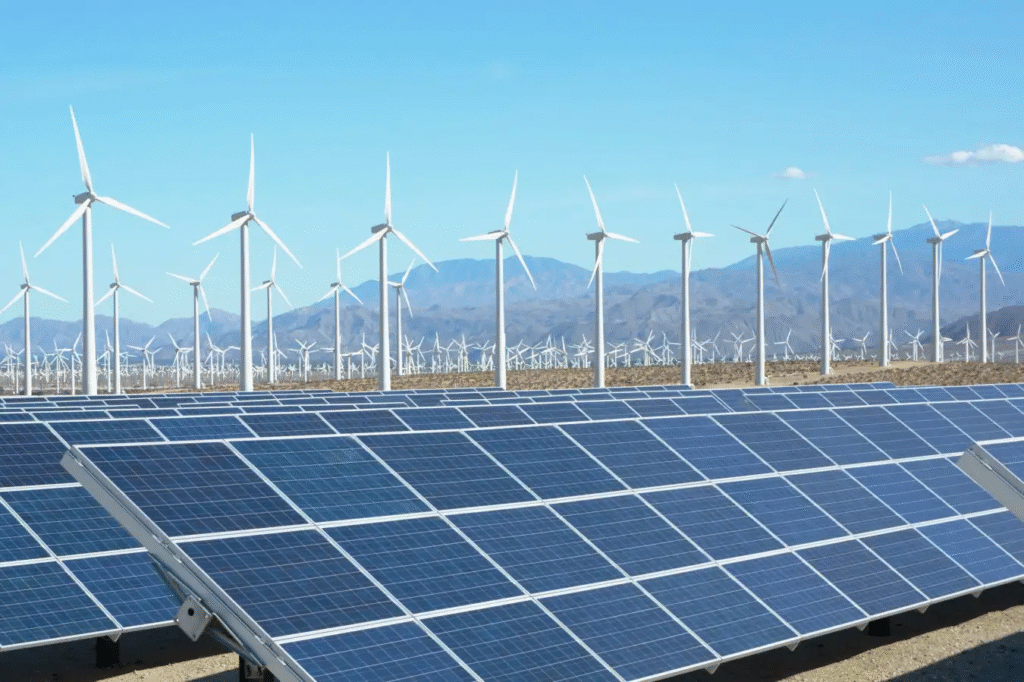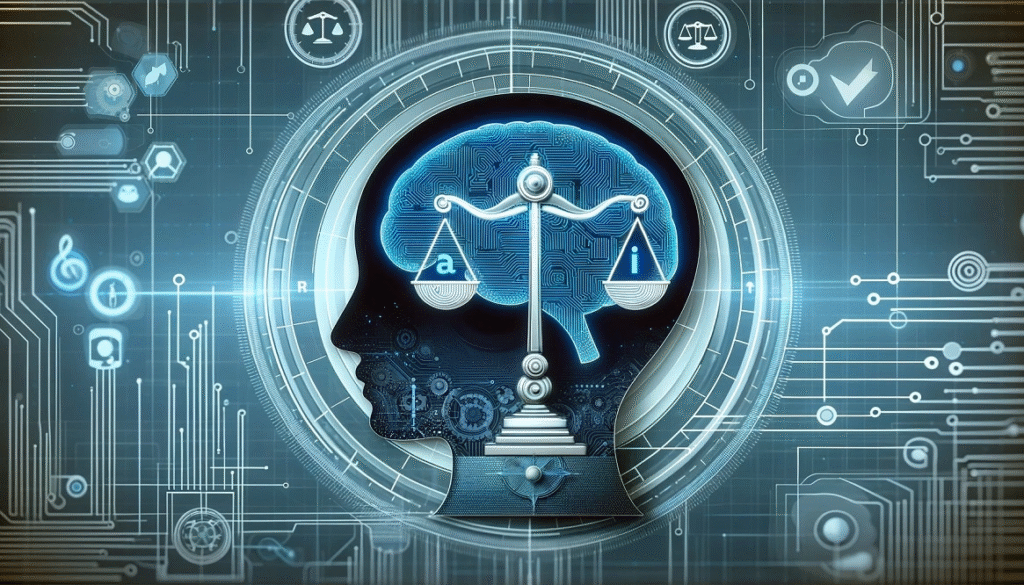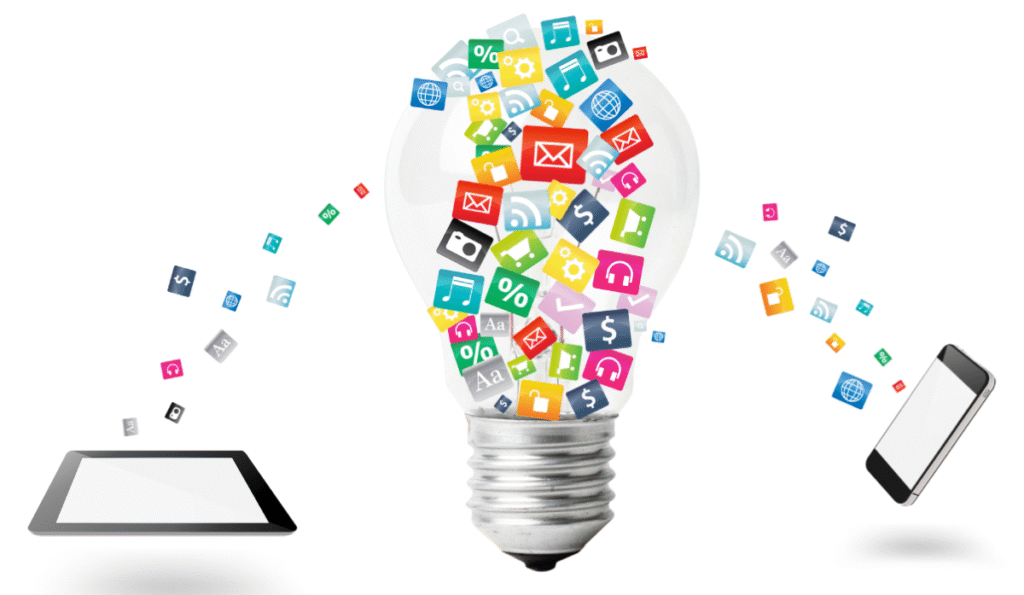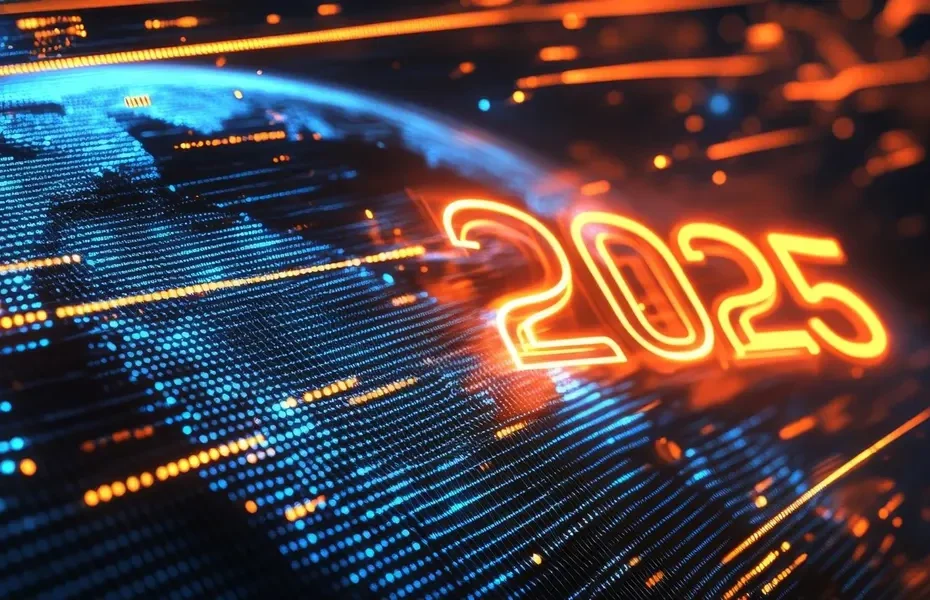Technology has always been the driving force behind global transformation. From the birth of the internet to the explosion of artificial intelligence (AI), each decade brings groundbreaking innovations that redefine how we live, work, and interact. As we step into 2025, the pace of technological advancement is accelerating faster than ever before.
This article explores the top 2025 technology predictions, covering emerging trends, real-world applications, and their potential impact on businesses, consumers, and society. Whether you’re a tech enthusiast, business leader, or curious learner, these insights will help you understand where the world is heading.
1. Artificial Intelligence Becomes Mainstream in Daily Life
AI is no longer just a buzzword—it’s rapidly becoming the backbone of industries. By 2025, AI tools will power everything from healthcare to customer service.
Key Predictions for AI in 2025:
- Personal AI Assistants: Beyond Siri and Alexa, 2025 will bring hyper-personalized assistants capable of managing schedules, finances, and even mental health.
- AI in Healthcare: Doctors will rely on AI-powered diagnostics to detect diseases earlier. For example, AI systems can already spot lung cancer in scans more accurately than human radiologists.
- Generative AI in Creativity: Artists, musicians, and writers will use AI co-creators to design content faster without losing human creativity.
📌 Visual Idea: Infographic showing AI’s role in healthcare, education, entertainment, and workplaces.
2. Quantum Computing Hits Commercial Reality
Quantum computing has long been a futuristic concept. In 2025, it is expected to cross from research labs into early commercial applications.

Real-World Examples:
- Drug Discovery: Pharma companies will use quantum simulations to create life-saving drugs faster.
- Cybersecurity: Traditional encryption methods may become vulnerable, pushing companies to adopt post-quantum cryptography.
- Financial Modeling: Banks will use quantum algorithms for risk management and fraud detection.
👉 Prediction: By late 2025, at least one major tech company will announce a cloud-based quantum computing service accessible to businesses.
3. The Rise of Web3 and Decentralized Ecosystems
Web3, powered by blockchain, continues to evolve as an alternative to centralized internet systems.
What Will Change in 2025:
- Decentralized Social Media: Platforms like Lens Protocol and Farcaster may rival traditional networks by giving users ownership of their data.
- Blockchain in Supply Chains: From food safety to luxury goods, blockchain will ensure transparency.
- NFT 2.0: Moving beyond art, NFTs will represent real-world assets like property deeds and music rights.
📌 Visual Idea: Flowchart showing Web2 (centralized) vs Web3 (decentralized) user control.
4. Cybersecurity Moves to the Next Level
With the rise of AI and quantum computing, cyber threats will become more advanced in 2025.
Predictions:
- AI-Powered Cyberattacks: Hackers will use AI to create deepfakes, phishing attacks, and malware that’s nearly impossible to detect.
- Zero Trust Architecture: Businesses will increasingly adopt “never trust, always verify” frameworks.
- Global Cybersecurity Laws: Expect stricter regulations across the U.S., EU, and Asia to protect data sovereignty.
Real-Life Example: In 2024, several hospitals faced ransomware attacks that disrupted patient care. By 2025, AI-driven cybersecurity platforms will work in real time to prevent such disasters.
5. Robotics and Automation Take Over Industries
From warehouses to households, robots are becoming part of our daily environment.
- Humanoid Robots: Companies like Tesla and Figure are developing robots designed for everyday assistance. By 2025, pilot programs may place them in restaurants, hospitals, and homes.
- Autonomous Vehicles: Self-driving cars, drones, and delivery robots will reduce human labor in logistics.
- Smart Factories: AI-powered machines will enable “lights-out” manufacturing, where factories operate with minimal human intervention.
📌 Visual Idea: Chart comparing industries most impacted by robotics—manufacturing, healthcare, logistics, and agriculture.
6. Climate Tech and Renewable Energy Boom
As climate change becomes unavoidable, technology is stepping up to offer solutions.

Predictions:
- Green Hydrogen: By 2025, more nations will invest in hydrogen as a clean energy source for heavy industries.
- Carbon Capture Tech: Direct air capture plants will expand worldwide.
- Smart Grids: AI-powered energy grids will optimize electricity distribution, reducing blackouts and waste.
Real-Life Example: Microsoft’s investment in carbon-negative technology shows how big corporations are betting on climate tech.
7. Extended Reality (XR): AR, VR, and the Metaverse
The metaverse hype of 2021 may have slowed, but in 2025, we’ll see practical adoption.
- Work Collaboration: Companies will adopt AR/VR tools for meetings, making remote work more immersive.
- Education: Virtual classrooms will bring history, science, and geography to life.
- Gaming & Entertainment: VR gaming will become more realistic, with haptic suits and 3D environments.
👉 Example: Meta’s Quest 4 headset is expected to redefine VR accessibility in 2025.
📌 Visual Idea: Infographic showing applications of XR in work, education, and entertainment.
8. Biotechnology and Human Enhancement
2025 will witness a surge in biotechnology that blurs the line between humans and machines.
- CRISPR and Gene Editing: More treatments for rare genetic disorders will emerge.
- Brain-Computer Interfaces (BCIs): Companies like Neuralink aim to enable paralyzed patients to control devices directly with their thoughts.
- Wearable Health Tech: Smartwatches will evolve into mini medical labs, monitoring everything from blood sugar to stress levels in real time.
9. Space Technology: The New Frontier
The space race is heating up, and 2025 will be pivotal.
Key Developments:
- Space Tourism: Companies like SpaceX and Blue Origin may offer more frequent commercial flights.
- Lunar Missions: NASA’s Artemis program will bring humans closer to returning to the Moon.
- Satellite Internet: Starlink and competitors will expand global coverage, bringing high-speed internet to remote regions.
📌 Visual Idea: Timeline showing humanity’s progress toward Moon and Mars colonization.
10. The Future of Work: Humans + AI Collaboration
By 2025, the workplace will look completely different from just a few years ago.
- AI Co-Workers: Employees will collaborate with AI agents handling repetitive tasks.
- Skill Shift: Soft skills like creativity, emotional intelligence, and critical thinking will be more valuable than routine technical skills.
- Remote + Hybrid Models: Technology will blur geographic boundaries, enabling global hiring at scale.
Real-Life Example: Companies like GitHub already use AI coding assistants (Copilot) to speed up software development.
11. Ethical Tech and Global Regulations
As tech becomes more powerful, ethics and regulations will be under the spotlight.

- AI Censorship & Bias: Governments will debate how much control should exist over AI-generated content.
- Digital Privacy: Expect stronger rules like GDPR 2.0 to protect citizens’ data.
- Tech for Good: Nonprofits and startups will use AI, blockchain, and IoT for solving social problems—from education to healthcare access.
12. Consumer Gadgets of 2025
Finally, let’s not forget the gadgets that will shape everyday life:
- Foldable and Rollable Phones: Becoming mainstream with brands like Samsung and Xiaomi.
- Smart Glasses: Lightweight AR glasses with translation, navigation, and real-time notifications.
- Next-Gen Wearables: Devices tracking mental health, sleep quality, and productivity.
📌 Visual Idea: Side-by-side comparison of 2020 gadgets vs predicted 2025 gadgets.
Best Competitors & Alternatives (Across Emerging Tech in 2025)
Since 2025 technology covers multiple fronts (AI, Web3, Cloud, Cybersecurity, etc.), here are some leading players compared side by side:
📌 Visual Idea: Comparison Table for quick scanning
| Technology | Leading Player | Alternatives/Competitors | Pricing/Access Model | Key Differentiator |
|---|---|---|---|---|
| AI Assistants | OpenAI (ChatGPT) | Google Gemini, Anthropic Claude, Microsoft Copilot | Freemium to $30–50/month | Depth of responses, ecosystem integration |
| Quantum Computing | IBM Quantum | Google Quantum AI, Rigetti, IonQ | Cloud access subscription, enterprise contracts | IBM has largest real-world quantum network |
| Web3 Platforms | Ethereum | Solana, Polkadot, Avalanche | Gas fees vary; staking rewards | Ethereum = widest adoption; Solana = speed |
| Cybersecurity AI | CrowdStrike | Palo Alto Networks, Darktrace, SentinelOne | Enterprise SaaS, custom pricing | Threat detection speed and accuracy |
| AR/VR Hardware | Meta Quest 4 | Apple Vision Pro, HTC Vive, Sony PSVR2 | $400–$3500 | Meta = affordable mass-market; Apple = premium integration |
| Robotics | Tesla Optimus | Boston Dynamics, Figure AI | Pilot program/enterprise | Tesla aims for affordability and humanoid design |
👉 This table helps businesses and individuals weigh options in terms of features, affordability, and scalability.
Pros & Cons of 2025 Tech Predictions
While 2025 looks promising, each innovation comes with trade-offs.
Pros ✅
- Increased Efficiency: AI + robotics reduce repetitive work.
- Accessibility: Tech like satellite internet connects rural areas.
- Healthcare Advancements: Faster diagnostics, personalized medicine.
- Sustainability Push: Climate tech helping reduce carbon footprints.
- Global Collaboration: Remote-first tools and decentralized systems enable borderless work.
Cons ❌
- Privacy Concerns: AI and Web3 raise major data security questions.
- Cost Barriers: Quantum computing and premium VR remain expensive.
- Job Displacement: Automation may impact workers in logistics, retail, and manufacturing.
- Ethical Dilemmas: From AI bias to genetic editing, regulation still lags innovation.
- Fragmentation: Competing platforms in Web3/AI can confuse users and businesses.
📌 Visual Idea: Infographic with a split column – “Opportunities vs Challenges.”
Future Trends & Market Relevance

Looking beyond 2025, these technologies will shape the next decade:
- AI Regulations Will Mature – Expect global standards to ensure AI fairness, transparency, and accountability.
- Affordable Quantum Computing – Today’s enterprise-only access may trickle down to mid-sized businesses by 2027–2028.
- Metaverse 2.0 – More utility-driven, less hype. Think virtual offices, healthcare therapy, and digital tourism.
- Cybersecurity Arms Race – As AI-driven attacks rise, demand for next-gen security firms will skyrocket.
- Green Tech Dominance – Governments will subsidize renewable energy and hydrogen infrastructure.
- Human-AI Collaboration – Instead of replacement, future jobs will focus on co-working with AI systems.
📌 Example: Just as smartphones redefined communication between 2010–2020, AI + Robotics may redefine work and lifestyle between 2025–2035.
Conclusion: The World in 2025
If one thing is clear, it’s that 2025 will be a landmark year in technology. From AI and robotics to climate tech and space exploration, innovations are set to reshape every aspect of human life. These predictions are not just about gadgets—they represent a shift in how we interact with technology, each other, and the planet.
FAQs (User Experience Enhancer)
Q1. Which 2025 technology will impact daily life the most?
AI assistants and automation will touch everyday activities—from healthcare to banking to personal productivity.
Q2. Will AI replace human jobs completely?
Not entirely. AI will automate repetitive tasks, but creative and emotional skills remain human strengths.
Q3. Are quantum computers affordable for regular users?
Not yet. In 2025, they’ll mainly serve enterprise and research institutions, though cloud access may widen over time.
Q4. Is the metaverse still relevant in 2025?
Yes, but in a more practical way—education, remote work, and medical training rather than just gaming.
Q5. How safe is Web3 compared to Web2?
Web3 enhances ownership and transparency but comes with risks like wallet hacks. Users will need better security awareness.
